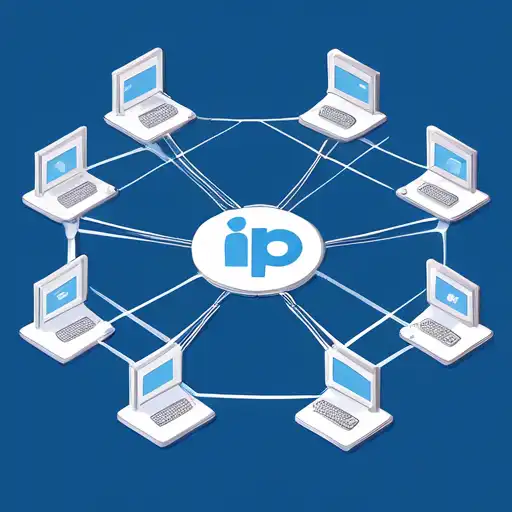Introduction to IP Addresses
In the digital age, understanding the basics of networking is crucial for anyone looking to navigate the internet efficiently. At the heart of networking lies the concept of IP addresses, unique identifiers that allow devices to communicate with each other over the internet. This guide will walk you through the essentials of IP addresses, their types, and how they function within the broader context of networking.
What is an IP Address?
An IP (Internet Protocol) address is a unique string of numbers separated by periods that identifies each computer using the Internet Protocol to communicate over a network. Think of it as the digital equivalent of a home address for your device, enabling it to send and receive data from other devices on the internet.
Types of IP Addresses
There are two main types of IP addresses: IPv4 and IPv6. IPv4 addresses are 32-bit numbers, typically displayed in decimal format as four numbers separated by periods (e.g., 192.168.1.1). Due to the exponential growth of the internet, IPv6 was introduced, which uses 128-bit addresses, allowing for a vastly larger number of unique addresses.
- IPv4: The most widely used IP version, but limited in the number of addresses it can provide.
- IPv6: Designed to replace IPv4, offering a much larger address space and improved routing efficiency.
How IP Addresses Work
When you type a website's name into your browser, a Domain Name System (DNS) server translates that name into an IP address, which your device uses to locate and connect to the website's server. This process happens in milliseconds, allowing for seamless browsing experiences.
Static vs. Dynamic IP Addresses
IP addresses can be either static or dynamic. A static IP address remains constant, making it ideal for hosting websites or services. On the other hand, a dynamic IP address is assigned temporarily by a DHCP server and can change over time, which is common for residential internet connections.
- Static IP: Best for businesses hosting their own servers.
- Dynamic IP: Suitable for general internet use, offering flexibility and security benefits.
Why Understanding IP Addresses is Important
Grasping the concept of IP addresses is fundamental for troubleshooting network issues, setting up a home network, or pursuing a career in IT. It's the first step towards understanding how data travels across the internet and how devices communicate with each other.
Conclusion
IP addresses are the cornerstone of internet communication, enabling devices to connect and share information across the globe. Whether you're a budding IT professional or just curious about how the internet works, understanding IP addresses is a valuable skill in today's connected world. For more insights into networking basics, explore our comprehensive networking guide.
